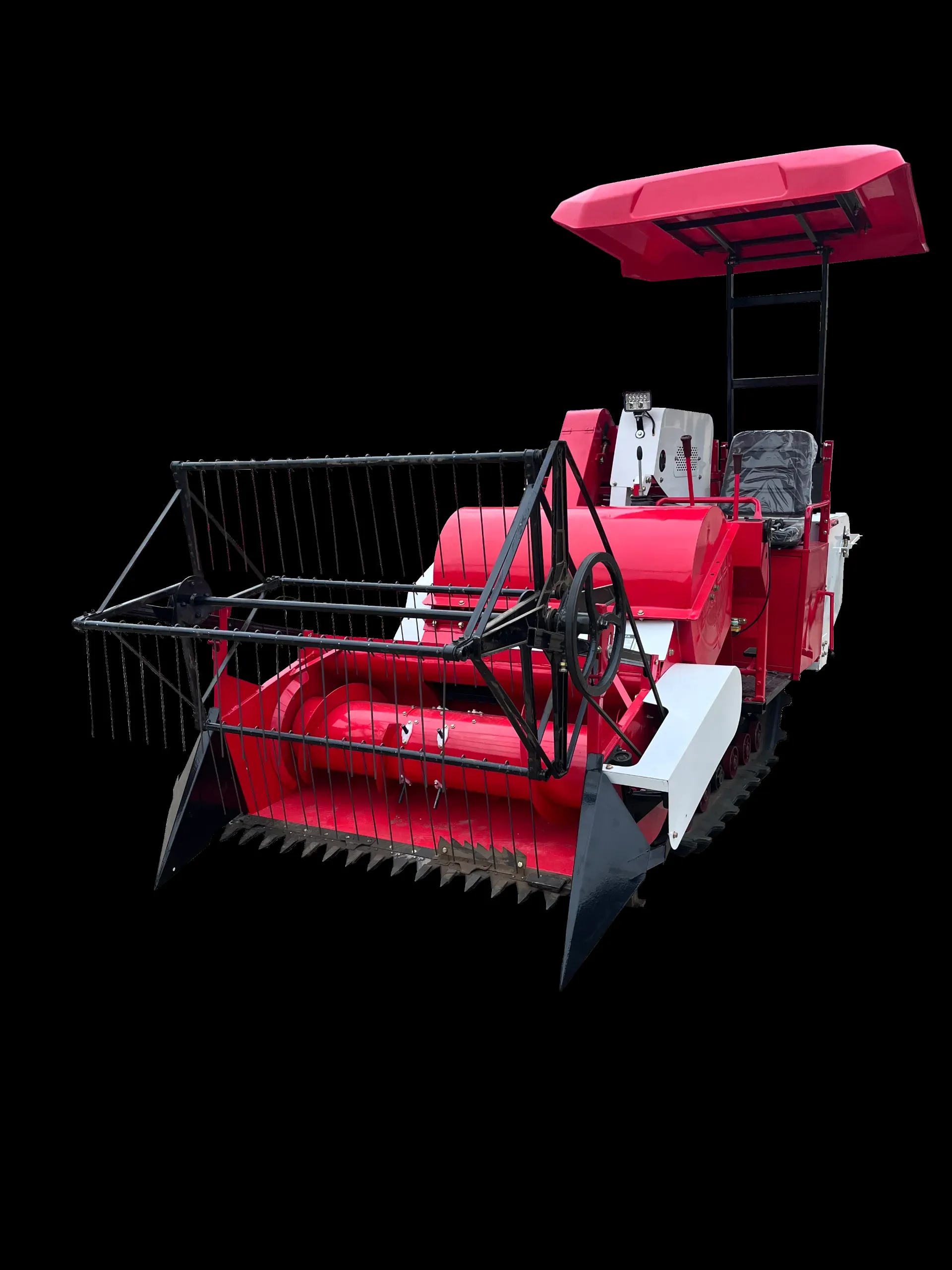Organic Crop Efficiency with Advanced Forage Harvester
The shift toward organic farming has revolutionized agricultural practices, demanding specialized equipment that aligns with sustainable principles. Among the critical tools for modern organic farmers are the tractor swather, chaff harvester, forage chopper, and maize harvester. This article explores how these machines can be adapted for harvesting organic oats and rice, emphasizing their unique features and benefits without compromising organic integrity.

Tractor Swather: The Foundation of Efficient Organic Harvesting
A tractor swather is indispensable for organic oat and rice farmers seeking to maintain crop quality while adhering to strict organic standards. This machine cuts and lays crops in orderly windrows, ensuring even drying and minimizing soil contact—a crucial factor in preventing contamination. For organic oats, which are highly susceptible to mold and pest damage, the tractor swather’s gentle handling preserves the integrity of the grain. Similarly, in rice paddies, the machine’s adjustable cutting height allows farmers to leave stubble intact, promoting soil health and reducing erosion.
Organic rice farming often involves flooded fields, which complicates mechanized harvesting. However, modern tractor swathers designed for wetland conditions feature reinforced tires and corrosion-resistant materials, making them ideal for waterlogged environments. By ensuring precise cutting and minimal grain loss, these machines help farmers meet the high-quality demands of organic markets.
Chaff Harvester: Transforming Residue into Resources
The chaff harvester plays a dual role in organic oat and rice production: it separates edible grains from inedible husks while converting agricultural waste into valuable byproducts. For organic oats, chaff—often viewed as waste—can be repurposed as livestock bedding or compost material. The chaff harvester’s ability to process residue on-site reduces transportation costs and supports circular farming practices.
In rice farming, chaff management is equally critical. Rice husks, though lightweight, accumulate rapidly and can hinder field preparation for subsequent planting cycles. A chaff harvester efficiently collects and processes this material, which can later be used in biofuel production or as mulch. This aligns with organic farming’s emphasis on waste reduction and resource efficiency.
Forage Chopper: Optimizing Feed for Organic Livestock
While forage choppers are traditionally associated with maize or grass silage, their versatility extends to organic oat and rice straw. Oat straw, rich in fiber, is a popular feed supplement for organic livestock. A forage chopper finely shreds the straw, enhancing its digestibility and ensuring uniform mixing with other feed components. For rice farmers, chopped rice straw serves as an excellent roughage source, particularly in regions where pastureland is limited.
Moreover, the forage chopper supports organic practices by enabling farmers to create nutrient-dense silage from crop residues. This reduces reliance on external feed sources, lowering the carbon footprint of livestock operations. Its adjustable blade settings accommodate varying crop textures, ensuring optimal results for both oats and rice.
Maize Harvester: Unexpected Versatility in Organic Systems
Though primarily designed for maize, the maize harvester can be adapted for organic rice harvesting with minor modifications. Its robust structure and high-capacity processing make it suitable for large-scale rice farms. By adjusting the header and sieve settings, farmers can efficiently harvest rice grains while leaving stems intact for soil conservation.
For organic oat farmers, the maize harvester offers a solution for fields intercropped with legumes or other cover crops. Its selective harvesting mechanisms minimize damage to secondary crops, preserving biodiversity—a cornerstone of organic agriculture.
FAQs: Organic Harvesting with Harvester Equipment
Can a forage chopper handle both organic oats and rice effectively?
Yes, modern forage choppers are designed to process diverse crops, including oat straw and rice husks. Their adjustable blades and intake mechanisms ensure efficient chopping regardless of crop type.
Is a tractor swather suitable for small-scale organic farms?
Absolutely. Compact tractor swather models are available for smaller operations, offering the same precision and durability as larger units without occupying excessive storage space.
How does a chaff harvester contribute to soil health?
By converting chaff into compost or mulch, the chaff harvester returns organic matter to the soil, enhancing fertility and water retention over time.
Can a maize harvester be modified for rice paddies?
Yes, with waterproofing and header adjustments, a maize harvester can efficiently harvest rice while withstanding humid, muddy conditions.
Why prioritize specialized equipment among Harvester for organic farming?
Organic standards require minimal chemical intervention and maximal resource efficiency. Machines like the tractor swather and forage chopper are engineered to meet these demands while boosting productivity.
Investing in the right equipment is pivotal for thriving in the organic sector. Our tractor swather, chaff harvester, forage chopper, and maize harvester are designed to meet the unique challenges of organic oat and rice farming. Visit our website to explore our range and connect with our team for personalized recommendations. Embrace sustainability without compromising efficiency—your organic journey starts here.
Akụkọ kacha ọhụrụ
-
When to Upgrade Your Old Forage HarvesterAkụkọJun.05,2025
-
One Forage Harvester for All Your NeedsAkụkọJun.05,2025
-
Mastering the Grass Reaper MachineAkụkọJun.05,2025
-
How Small Farms Make Full Use of Wheat ReaperAkụkọJun.05,2025
-
Harvesting Wheat the Easy Way: Use a Mini Tractor ReaperAkụkọJun.05,2025
-
Growing Demand for the Mini Tractor Reaper in AsiaAkụkọJun.05,2025







